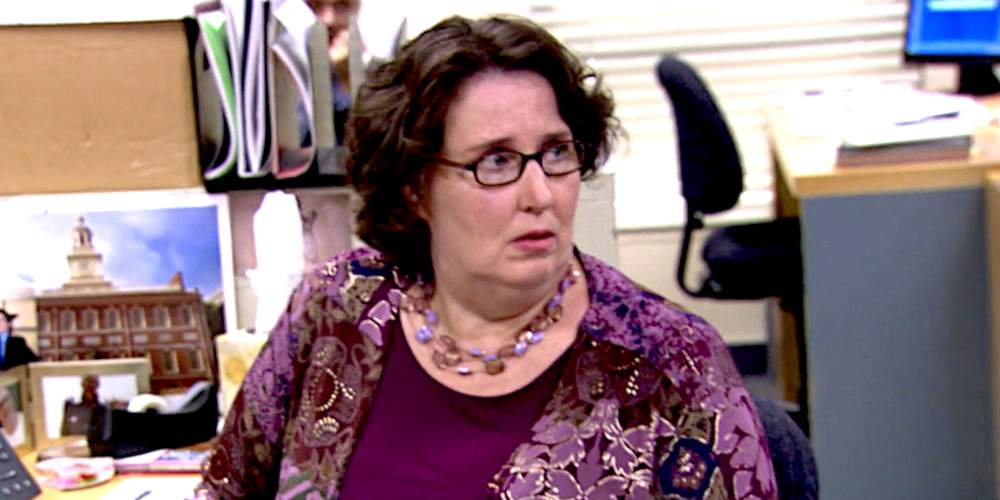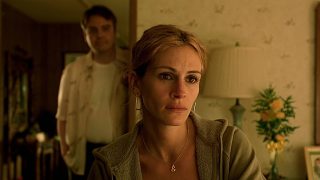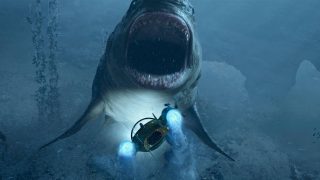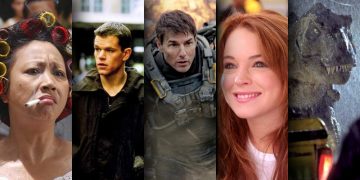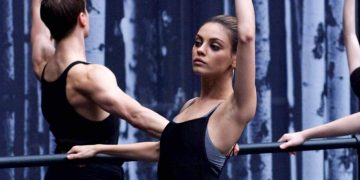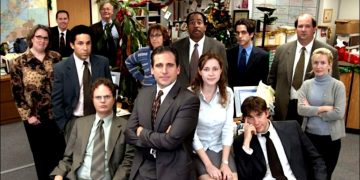Best friends, unhappy wives, and regrettable one-night stands—how are "ugly" female characters framed in media? Well, they're mostly depicted as unintelligent, weird, and/or lascivious.
It's come to be known as ugly girl trope, and this continued portrayal of unaesthetic people as almost subhuman is a trend that needs to be addressed. It propagates an attitude toward "unsightly" people that's superficial, bigoted, and derogatory.
And if that weren't enough reason to, it's a trope that's mostly used as a shortcut in lazy writing. It's tired, outdated, and boring.
In media, ugly characters often depicted as imbalanced—someone who doesn't have their life in order, someone who can't behave appropriately in social situations, someone who's too overt about their cravings for sex, etc.
The implication of the ugly girl trope is clear: women who are ugly by society's standards must feel empty and unfulfilled inside. Taken one step further, the ugly girl trope reinforces the idea that ugly people are bad, pretty people are good.
I've compiled a handful of movies with unflattering depictions of women, which range from the most egregious to the most hopeful. These illustrations show the different sides of the ugly girl trope.
5. The Lady Caked in Makeup (Snakes on a Plane)
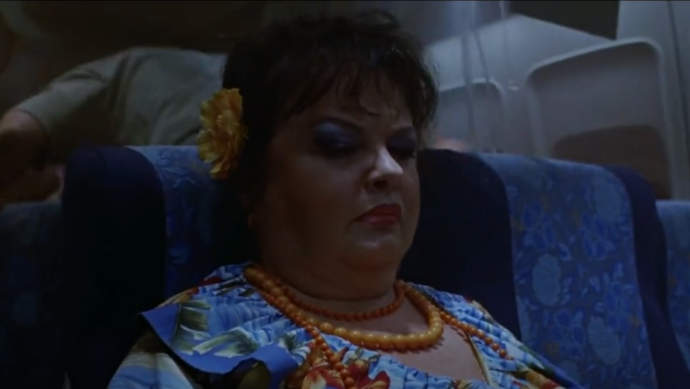
The plane is flying. Snakes are all out and about. The lady is sleeping peacefully. Then, we see something moving within her top... something crawling in between her breasts.
It's obviously a snake, we know it's a snake, but she seems to like it. In her sleep, she smiles in enjoyment.
Despite it being a small moment in Snakes on a Plane, it's a depiction that'd be crass regardless of what the woman looks like—but she's clearly and intentionally shown as overweight and covered in makeup.
Here, the ugly girl trope is used as a comedic shortcut. Between the unflattering style and amount of makeup on her face and her overweight frame, her unaware enjoyment of the snake within her top screams that she's starved for intimacy, and it's played for laughs.
You don't need Sigmund Freud to explain the symbolism of this snake slithering between her breasts. Truth is, no matter how desperate one might be for sexual contact, the cold scales of a serpent likely wouldn't do it.
4. The Crying Girl (Mean Girls)
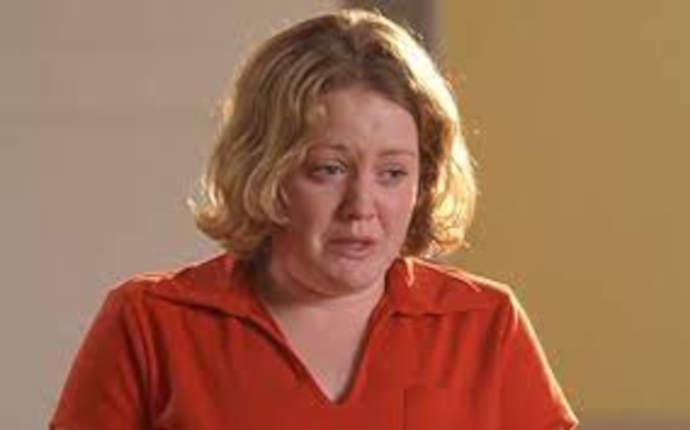
In Mean Girls, there's an assembly at school and characters are instructed to write down apologies for the people they've hurt.
While the camera's on Cady (Lindsay Lohan), a soft voice speaks: "I just wish we could all get along like we used to in middle school..."
Unlike all the other girls, this particular girl has no makeup. She's flushed, and she looks rather plump. "I wish I could bake a cake filled with rainbows and smiles and everyone would eat and be happy..."
She breaks down in tears. Then, someone from the crowd shouts: "She doesn't even go here!" So, the teacher asks her if she's a student at North Shore High School.
"No... I just have a lot of feelings..." She breaks down again and looks ashamed. The teacher tells her to go home.
Due to her excessive display of emotions in an environment filled with guarded teenagers, she's clearly weird and quickly ostracized. Not even the teacher feels empathy for her mawkish demeanor, which is ironic in a scene about characters apologizing for hurting others.
The ugly girl trope plays a role here with her heavy-set appearance being the first indication that she's an unbalanced individual. It sets the tone for her behavior and is the basis for the entire sequence. (You know she'd have been treated differently if she was conventionally beautiful.)
3. Megan (Bridesmaids)
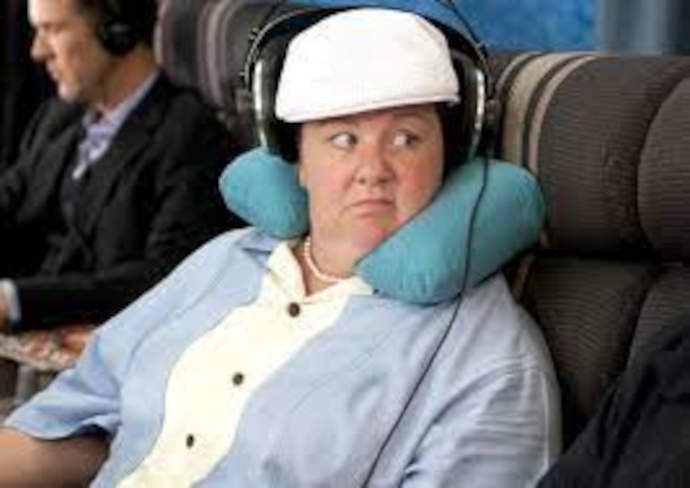
In Bridesmaids, Megan wears unflattering clothes in a bus driver aesthetic, incongruously combined with a pearl necklace.
She talks too much, shares too much, and is overly verbose when telling stories (which are often filled with inappropriate content). She's aggressive in her liking of men, and she's explicit about her sexual appetites.
But unlike the movies mentioned above, Megan isn't an extra. She's a secondary character who's used for comedic relief—and her entire appearance is crafted to play into those laughs.
One exemplary moment is when all the bridesmaids complain about being bloated after eating. "No, not me!" says Megan. "I don't bloat." All the other bridesmaids mumble in polite agreement and look away. Because Megan is overweight, of course.
This goes hand-in-hand with other gags throughout the film—like farting loudly and offering to fight people—which play into the idea that ugly and overweight people are downright uncivilized.
Despite her becoming a "good friend" by the end of the film, Megan's sexual encounters are still portrayed as cringey, clumsy, and mockable. Flawlessly played by Melissa McCarthy, Megan could've been a great addition to the otherwise blended cast and character landscape of Bridesmaids.
2. Fat Amy (Pitch Perfect)
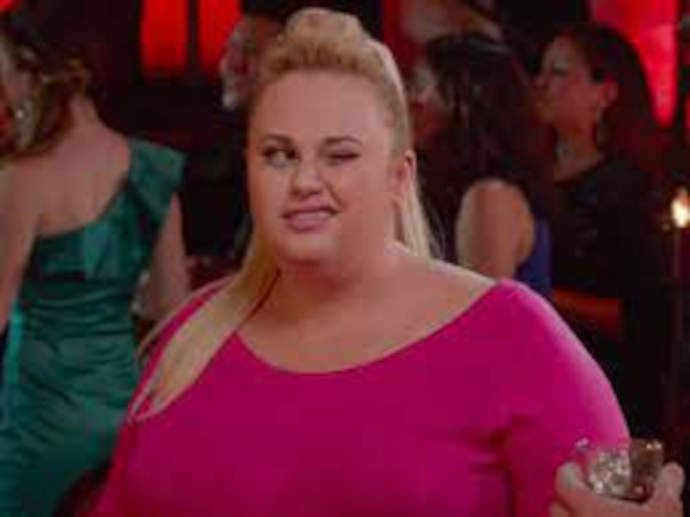
"You call yourself Fat Amy?" they ask her.
"Yeah, so twig bitches like you don't do it behind my back!" she replies.
Rebel Wilson's character of Fat Amy in Pitch Perfect carried an explosive and likable personality, which helped offset her roots in the ugly girl trope. She has a great voice, she's fun and quirky, and she can even "mermaid dance."
Overall, Fat Amy is self-confident and portrayed in a positive light, which was uncommon in 2012 when Pitch Perfect came out. However, her overweight stature is the foundation for practical jokes, and she's often depicted as ignorant (as if intelligence and weight were related).
With Pitch Perfect first and foremost a comedy, it's easy to excuse a character like Fat Amy being the butt of jokes. The good news is, with Fat Amy being given a more rounded personality, we can take her character as a sign of change towards a more inclusive and body-positive film industry.
1. Phyllis Lapin-Vance (The Office)
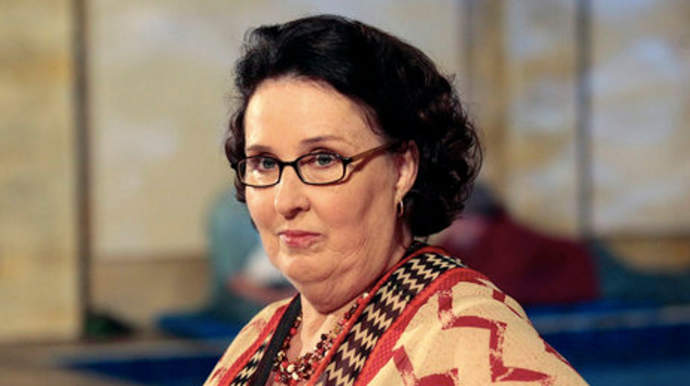
Phyllis in The Office is a lot of things: outwardly shy, overweight, a little "too old" (whatever that means), donning glasses, stereotypically matronly, and generally a bit dull.
She started off as a textbook example of the ugly woman trope, with an appearance that was intensely forgettable and a personality that was pretty much nonexistent.
Phyllis's sexual life and voracious appetites were used as punchlines. Her wobbly face was constantly mortified by the looks and opinions of others. The only remarkable thing about Phyllis during those early seasons was just how absolutely insipid she was.
Then, something happened: Phyllis developed a personality!
She started speaking her mind and emerging from the background. Her outfits, episode by episode, began to flatter her body type a bit more at a time. She wore colorful palettes with jewelry to match, and she was given a more witty and charming air to her.
Phyllis went from a forgettable background lady to a multifaceted, three-dimensional character with a life and story arc of her own. We saw her in a loving and caring relationship with Bob Vance, and we saw her build friendships with her co-workers, all without being a punchline.
Phyllis Lapin-Vance doesn't adhere to society's standards of beauty, and she's one of the first big examples of a mainstream character who isn't conventionally attractive but well-rounded all the same.
Phyllis was crucial to The Office, not because her looks were needed for jokes but because her personality filled out the group's dynamics. Most importantly, her personality often defied the expectations of her appearance, and for that she will always stand out.
